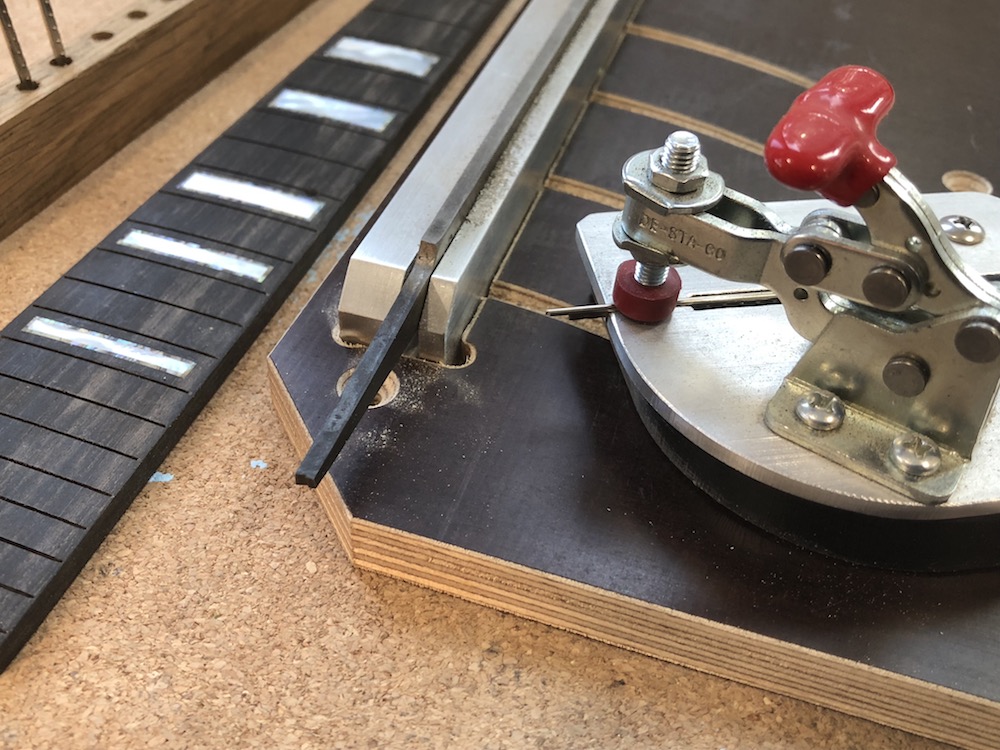A New and Dangerous Tool
If you are looking at this somewhat infernal looking machine and wondering what it might have to do with making mandolins, guitars, and banjos, let me explain. This is a Gravermeister and this one happens to be an older model which means it’s built like a tractor, and is just about as pretty. It’s used …


